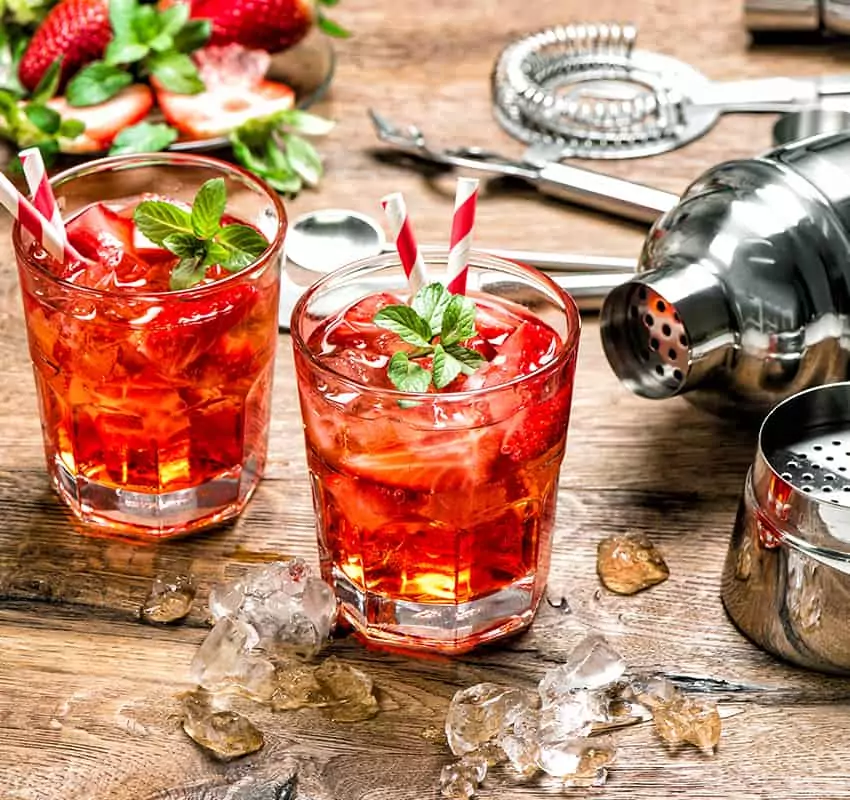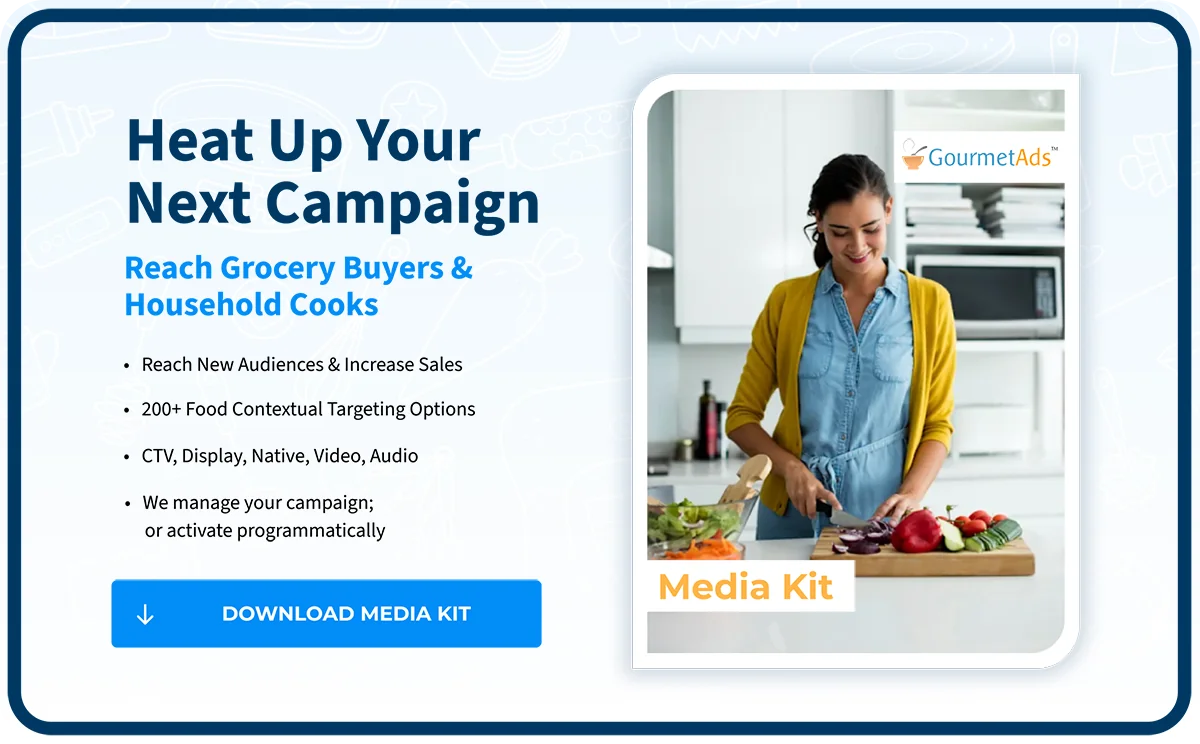Since 2008, Gourmet Ads has run hundreds of Alcohol Advertising campaigns aimed at reaching consumers in market. In that time, we’ve worked with some of the world’s largest Alcohol Advertisers running Branding Campaigns across Display, Video and Native Media Formats. In addition, the majority of our inventory is LDA compliant.
The promotion of alcoholic drinks by alcohol manufacturers through a variety of media is known as alcohol advertising. Alcohol advertising is one of the most strictly controlled kinds of marketing, right up there with cigarette promotion. Some nations outlaw all or portions of alcohol advertising. Therefore, alcohol marketing has become an important domain in marketing practices.
Advertising any form of alcohol might be challenging, but it is crucial to have defined brand guidelines, internal training programs, and particular rules. Alcohol companies have begun to use native ad specs to promote their products without being too intrusive or assertive. This is because laws and cultures vary from nation to nation in the global market, agencies and brands must first construct a global communications framework before establishing localized guidelines. Many people get confused between alcoholic targeting and champagne targeting. You must be aware of cultural variations and how the intended audience will react to the advertisement. It might be challenging to make such choices sometimes, collaborating with a local creative firm that is familiar with the community and has relevant experience is seen to be an effective strategy.
In order to implement a sound plan intended to reach a larger audience, it is crucial to understand the numerous regulations that surround sectors like alcohol. Alcohol businesses are better able to adopt strategies that increase customer conversions when they have audience profiles and data-driven insights. Due to the increased market rivalry brought on by the growth of microbreweries and distilleries, it is crucial to investigate different digital marketing funnels. The alcohol sector is very much at the forefront of branding and digital reach activities, despite stringent advertising and marketing regulations as well as age limits. However, developing alcohol branding and marketing strategies may still be quite challenging.
Actually, it’s fairly simple to promote beer brands as entertaining without supporting negative habits. Simply work backward from a pleasant event (celebrations, social gatherings) rather than a problematic one to create your ideas (job loss, partner loss, loneliness, anxiety in a social situation). Alcohol companies should focus on the good aspects of drinking alcohol. Although it is their responsibility to show both good and bad effects of drinking alcohol in their ads. Alcohol beverage advertisers must study health behavior to appropriately target audience.
Alcohol ads should show the legal drinking age of consumers in every country. Many countries have strict restrictions on alcohol consumption. Studies suggest that higher consumption of alcohol will lead to an increased risk of heart diseases. It has a significant effect on public health. Alcohol beverage advertising is not simple at all. Beverage alcohol advertisers should think about public health in their television ads.
With very few exclusions, alcohol beverage advertisements must provide the following information: Wine class, kind, or distinctive designation to which the product belongs, consistent with the information stated on the authorized label; Name and address (city and state) of the permittee responsible for the advertisement. Consider red wine with natural tastes, white wine, sparkling wine, champagne, Bordeaux, or Cabernet Sauvignon and Chardonnay. Their names must be mentioned on the label. Class and type that the product falls into should match the details on the authorized label. For instance, neutral spirits with a natural taste and caramel color; whiskies, gins, and brandies; vodka, bourbon whiskey, and cognac; neutral spirits; the alcohol content is expressed as a percentage by volume (proof may be included as supplementary information) and name of the commodity and the necessary percentage of neutral spirits for various distilled spirits.
The United States Department of the Treasury’s Alcohol and Tobacco Tax and Trade Bureau, commonly abbreviated as TTB and officially known as the Tax and Trade Bureau, is responsible for regulating and collecting taxes on the domestic trade and import of alcohol, tobacco, and guns. Due to the First Amendment, strong safeguards for free speech, the government is far less able to control honest, non-deceptive alcohol advertising due to worries about its attraction to children. TTB regulates alcohol beverage advertising but it does not completely ban it. TTB does not outrightly prohibit promotional materials of the alcohol industry. Industry members use self-regulatory standards to avoid publication bias.
TTB market compliance professionals independently check advertising to make sure they are legal. The types of alcoholic beverages advertised vary (beer and malt beverages, wine, and distilled spirits). The following details must be provided by them: Malt liquors and beer the group to which the product belongs (e.g., ale, stout, lager, etc.), advertiser’s name and contact information, including city & state and kind of wine (e.g., red wine, sparking wine, white wine, champagne, etc.)
In order to lessen the extent to which alcohol advertising targets teenagers through location or message, the Federal Trade Commission has long urged the alcohol industry to create and abide by self-regulatory guidelines. The majority of alcohol marketers have vowed to adhere to one of three voluntary self-regulatory guidelines intended to reduce teen targeting.
Consider submitting a complaint if you think an advertisement violates the law. You can file a complaint with the Beer Institute (link is external) for beer commercials, the Wine Institute (link is external) for wine ads, the Distilled Spirits Council (link is external) for complaints involving distilled spirits ads, or ads for wine or beer by distilled spirits firms.
Alcoholic advertising’s goal is to increase brand awareness among prospective buyers. The same strategies are used whether the brand targets the beer, wine, or liquor markets. The manner in which the marketing message is conveyed, however, frequently varies by platform and generation. Most alcohol advertisers’ brands will fall behind if you use the right strategies to target the market for alcohol content.
The alcohol beverage industry is booming. The top 10 beverage companies in the world have long dominated the industry; they continue to be some of the top suppliers of customers’ favorite drinks and among the main drivers of industry development. The global beverage industry is anticipated to face some challenges as consumers shift their awareness and purchasing habits toward healthier and more flavorful beverages. The top 10 beverage companies in the world are also anticipated to implement some new strategies to maintain their market shares in the near future.
Now-a-days, we see advertising practically wherever we go: on television, on buses, on the streets, and online. Advertising for alcohol is not an exception. In addition, Champagne targeting ads and alcohol ads, like most advertising, make the product appear amazing. Alcohol advertisements usually associate a brand with attractive, alluring persons and an appealing pastime. Alcohol advertisements use a variety of devices to convey messages, such as this product is for individuals like young people; this alcohol product makes events better; this product is trendy, or stylish, or innovative; people want to be seen drinking this product. In the end, these ideas indicate that if young people use this product, they can be successful, attractive, and cool like the individuals in the advertisement, having fun like they do. In order for the top beverage companies to preserve their competitive advantage over rivals, the sector has experienced an increasing number of mergers, acquisitions, and new products in recent years.
Over time, the target market for alcohol advertising campaigns has shifted, with certain firms now particularly catering to a certain demographic. Some alcoholic beverages, particularly beers, are traditionally associated with men. According to rumors, certain brands have been created especially to appeal to consumers who wouldn’t often consume that type of beverage. These advertisements can encourage excessive drinking and underage drinking.
Young people are also more likely to drink as a result of alcohol advertisements. Young individuals who saw alcohol advertisements on television, in-store displays, or in publications were more likely to drink alcohol than young people who did not, according to research collated by CAMY. It is also found that underage children who reported higher mean levels of alcohol advertisement exposure drank more. Therefore, it can be concluded that subsequent adolescent alcohol use is related to more exposure to alcohol advertising exposure.
An economic analysis in the United States evaluated the impact of alcohol advertising on young people’s drinking habits by comparing recorded levels of youth drinking with in-depth information on alcohol advertising in local markets over the same years. According to the data, a total prohibition on alcohol promotion might lower monthly levels of young drinking by 24% and youth binge drinking by roughly 42%.
Alcohol advertising companies have sworn to self-regulate to protect youngsters from seeing alcohol related ads. These standards specify how businesses should display their advertisements on television, websites, social media, radio stations, and more. They also mandate that businesses keep an eye on how their brand is utilized to make sure that it isn’t being targeted toward young people.
The alleged targeting of young people by alcohol advertisers is one area where the industry has come under fire and laws have been strengthened. The creation of alcopops, beverages with names that may appeal to a younger audience and a sweet flavor, is key to this. According to academic research, taste is the primary element affecting young people’s intake of alcopops, and alcohol advertisements have a significant impact on young people.
The Federal Trade Commission supervises compliance with the regulations. In order to identify ways of fraud and decide how to best deploy its resources, the Federal Trade Commission also gathers complaints about potentially dishonest business practices, identity theft, and privacy issues. However, the Federal Trade Commission does not address specific consumer complaints. Alcohol beverage advertisements do not need to be authorized before appearing in print or on television, as stated by the Federal Alcohol Administration Act. The federal law limiting the mention of alcohol content on beer labels was unanimously overturned by the court.
Regulations on alcohol marketing can be used to safeguard vulnerable populations, notably children and young adults. These rules are designed to reduce the amount of advertising that minors see on broadcast, in print, online, and on social media. In addition, they may be used for sponsorship, product name, labeling, and packaging, as well as point-of-sale materials and branded promotional merchandise.
Challenges specific to the marketing of beer, wine, and distilled spirits exist. A complex web of federal and state regulations govern the types of activities that are acceptable for promoting alcoholic beverages, in addition to lottery laws (under which promotions featuring the elements of prize, chance, and consideration are prohibited), consumer disclosure laws, trade practice laws, and other laws.
The World Health Organization (WHO) has stated that restrictions must be placed on alcohol advertising and promotion. A Framework for Alcohol Policy for the Region was established by the WHO Euro Region. “All children and adolescents have the right to grow up in an environment protected from the harmful effects of alcohol consumption and, to the degree feasible, from the advertising of alcoholic drinks,” is one of the document’s five ethical tenets.
Sending a photographer to the event to capture photos of attendees is one example of how alcoholic beverage companies make use of their sponsorship of music festivals. The individuals in the images frequently tag themselves and share this with their friends once the photos are uploaded on the Facebook page. This enables the alcohol firm to get additional information about the young person in order to continue promoting them through contests and engaging in cultural debates.
Parents might be advised that by making sure their children don’t visit bars and clubs, they can significantly lower the risk that they will consume alcohol and encounter issues related to it. To lessen adolescent drinking and associated issues at home or in other contexts, an alternative message for parents might be created. Parents might be advised that general supervision may not lessen the probability that their teenagers would consume large amounts of alcohol at their own or another person’s house. In some circumstances, greater adult supervision may be required.
From our perspective Alcohol Advertising encompasses all Alcohol products. Obviously both Wine and Beer, as well as Spirits, Liqueurs and Distilled products such as Vodka, Whiskey, Brandy, Vermouth, Cognac, Rum and Gin. We also include Cider, Alcopops and Caffeinated Alcoholic Beverages.
We work all types of Alcohol Advertisers from Multi National Alcohol Brands down to small / independent companies creating craft or artisan beverages.
Below are some of the recent Alcohol Advertisers we’ve run programmatically:
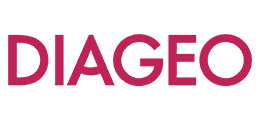
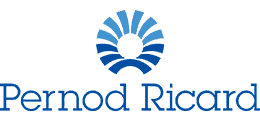

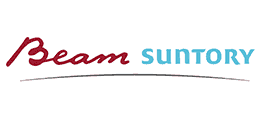
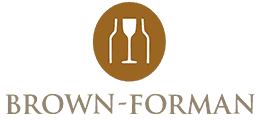

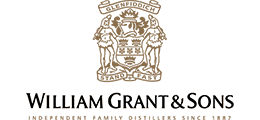
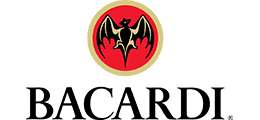
Alcohol Advertisements
Each month we run hundreds of Alcohol Advertisements across Gourmet Ads. Many Alcohol Advertisements campaigns are trafficked Run of Network for maximum scale and reach. We offer a wide range of creative formats such as 970×250, 300×1050, 300×600, 300×250, 728×90, 160×600, Outstream Video and Native to name a few. No matter the Alcohol Brand or product we’ve a Audience you can target. Run your Alcohol Advertisements either via Programmatic or via our Managed Services.
Here are just a small sample of Alcohol Advertisements we’ve seen recently.

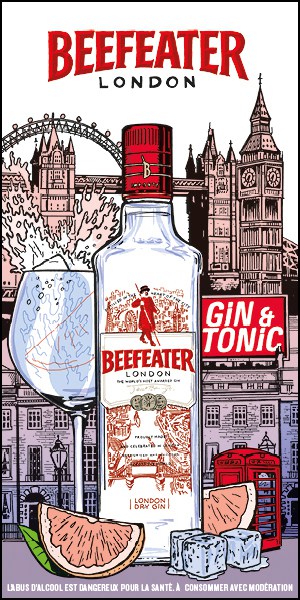
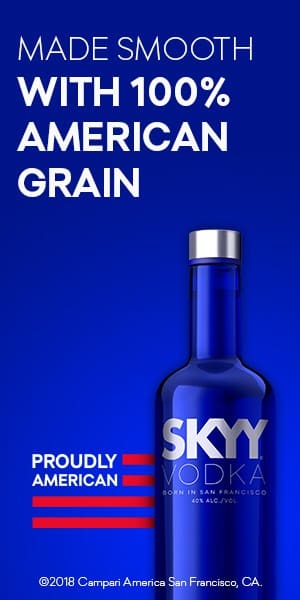
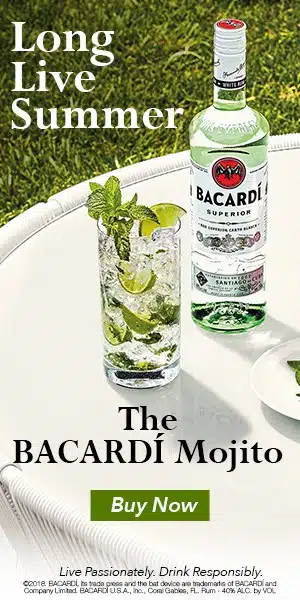

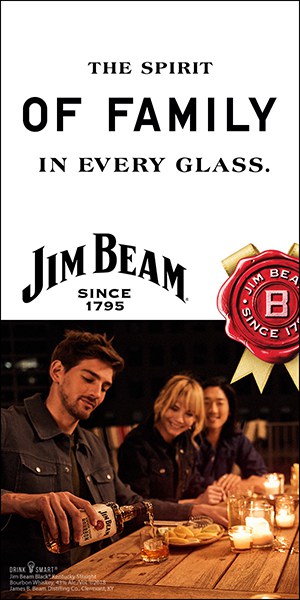
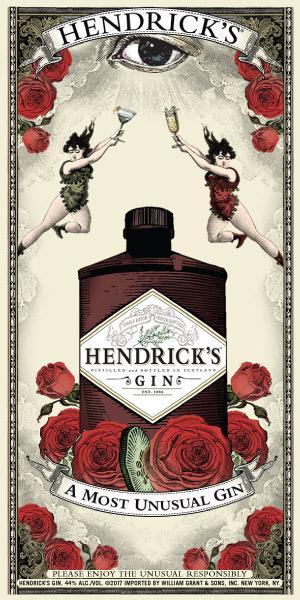
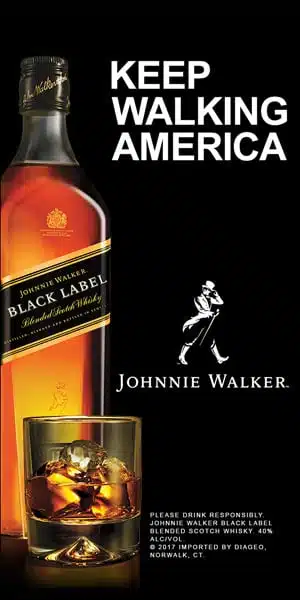

Let’s Get Started !
Let the Gourmet Ads team walk you through all the options available to ensure that your Food, Supermarket, Beverage or Kitchen advertising campaign has the best possible combination of Premium Guaranteed Inventory, Scale, First Party Data, Contextual Targeting and Programmatic Advertising elements.



